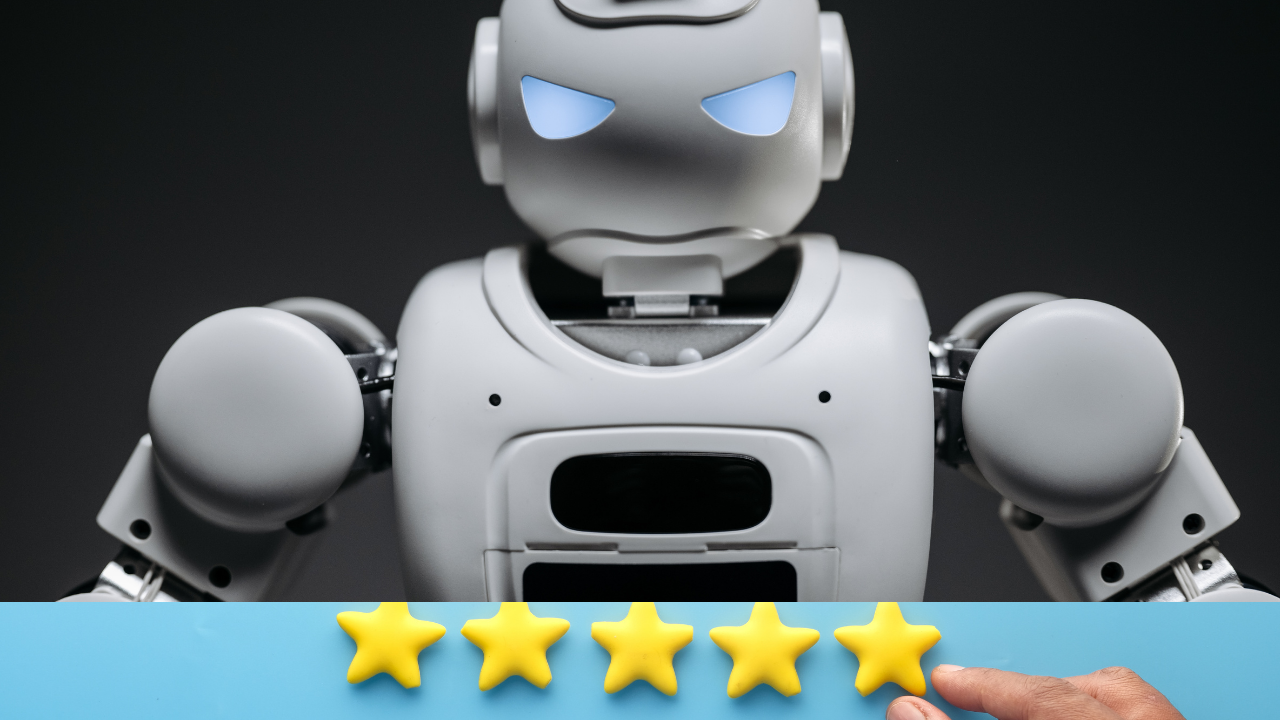In recent years, Clearview AI has emerged as a highly powerful and deeply controversial facial recognition platform. Built by scraping billions of publicly available photos from the web, this tool has drawn sharp criticism from privacy advocates, regulators, and even major tech companies. Yet, it has also been praised by some law enforcement agencies for its effectiveness in identifying suspects.
How Clearview AI Works
Clearview AI allows users—mostly law enforcement agencies—to upload a photo of a person. The system then searches a massive image database for matches, often linking the photo to social media profiles, websites, or online news articles. Unlike traditional police databases that use mugshots, Clearview pulls images from across the internet, including personal posts and casual selfies.
The Scale and Power Behind the Technology
Clearview AI claims to have over 30 billion images in its database. This scale is unprecedented and far exceeds anything typically used by police or private companies. Its strength lies in its ability to associate a face with a digital identity, uncovering a person’s online presence with just one uploaded photo.
Use by Law Enforcement Agencies
The primary use case for Clearview AI is law enforcement. Police departments in the U.S. and other countries have used the tool to solve crimes—ranging from petty theft to serious offenses like child exploitation and violent assaults. Supporters argue that it can help close cases that would otherwise remain unsolved.
Legal and Ethical Controversies
Despite its effectiveness, Clearview AI is under heavy scrutiny due to how it collects and uses personal data. Most people in its database never gave permission for their images to be used. This raises a significant ethical question: Is it right to use someone’s photo for facial recognition without consent?
Lawsuits and Regulatory Actions
Several companies—like Facebook, Twitter, and LinkedIn—have issued cease-and-desist letters to Clearview, accusing it of violating their terms of service. In Canada and the European Union, regulators have ruled that the company’s data practices breach privacy laws like GDPR. In some cases, they’ve ordered Clearview to delete all relevant images and stop operations.
The Global Backlash and Push for Regulation
Privacy watchdogs across the globe are taking action against Clearview AI. In Canada, the platform was declared illegal. In Europe, Clearview faces bans and fines. The U.S. currently lacks comprehensive data protection laws, allowing Clearview to continue growing with less restriction—at least for now.
Expansion Beyond Law Enforcement
Clearview is no longer just serving government agencies. It is reportedly branching out to private clients, including corporate security firms. This raises more red flags, as private use of such a powerful surveillance tool could lead to misuse for purposes like employee monitoring, stalking, or harassment.
Public Awareness and the Lack of Consent
One of the most disturbing aspects of Clearview AI is the fact that most people have no idea their faces are in the database. There’s no way to opt out, no notification that you’ve been indexed, and no way to delete your images. This kind of invisible surveillance undermines the right to privacy and anonymity.
The Debate: Safety vs. Privacy
Clearview AI forces us to confront one of the most difficult ethical questions in modern technology: How much personal privacy are we willing to sacrifice for the sake of security? While law enforcement may benefit, the potential for mass surveillance and wrongful use is real.
The Future of Clearview AI
As the technology continues to evolve, so too does the controversy surrounding it. Lawmakers are now racing to catch up with regulations, but enforcement remains weak. Clearview AI exists in a gray area—legal in some regions, banned in others, and feared by many.
Conclusion
Clearview AI represents a turning point in the relationship between technology and privacy. Its ability to find anyone, anywhere, using photos scraped without permission, is both a powerful innovation and a deeply troubling development. Until global regulations enforce stronger transparency, accountability, and consent, the story of Clearview AI will remain a cautionary tale about the risks of unchecked surveillance.
